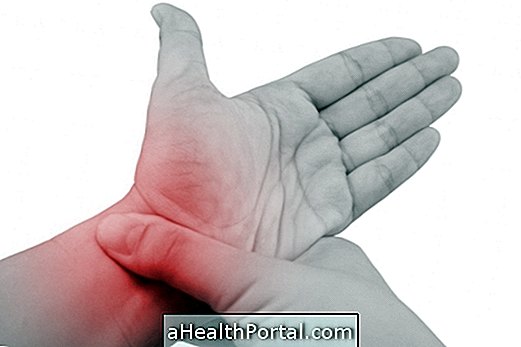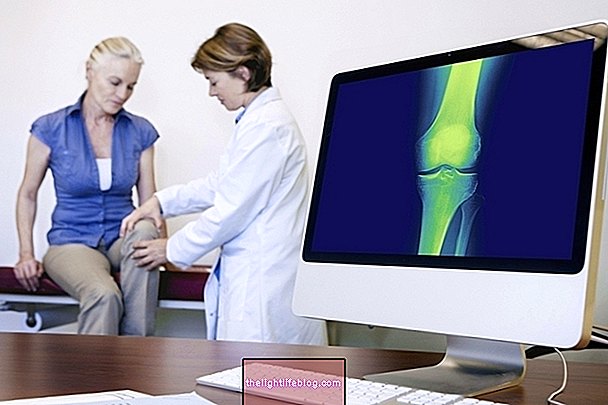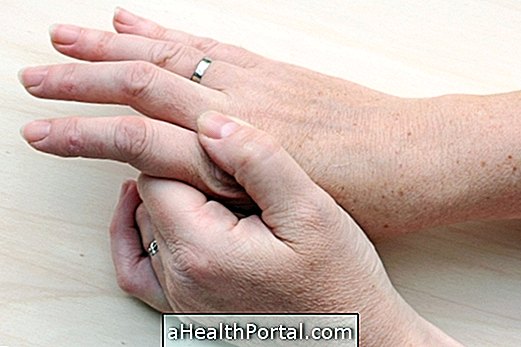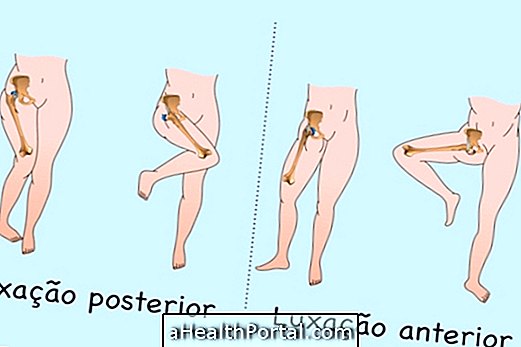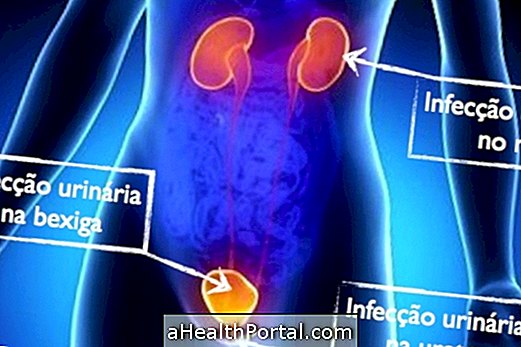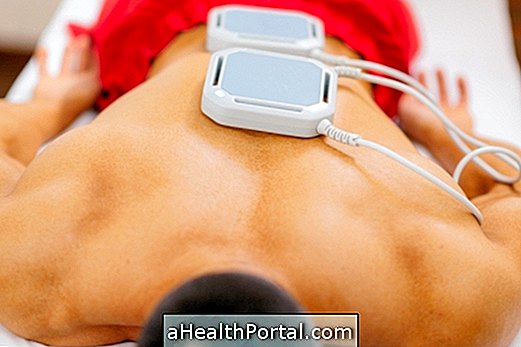Metatarsalgia is pain that affects the front of the feet, composed of the metatarsal bones, which are small bones that form the toes and the instep. It can have several causes, which include the use of inappropriate heels and shoes for the feet, high impact exercises, excess weight or deformities in the feet, like foot cavo or bunion.
The metatarsalgia is healing, and the treatment is done with physical therapy exercises to improve the support and mobility of the feet, as well as the use of orthopedic insoles to accommodate and relieve pain when walking. Consultation with the orthopedist or physiatrist is also important, especially in case of persistent pain, for a more thorough evaluation of the cause and to guide the use of pain-relieving medicines, such as anti-inflammatories.
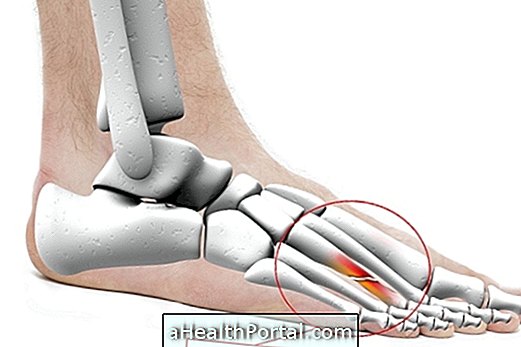
Main causes
The metatarsalgia usually arises when there is an irritation of the joints, tendons or nerves that support the metatarsals, and can be provoked by:
- Use of high heels or fine-tipped shoes as they tend to increase pressure on the metatarsals;
- Deformity in the feet, such as forefoot or changes in the shape of the fingers, as in the bunion. Check out some tips to take care of the bunion;
- Excess weight, which causes greater overload on the bones of the feet;
- Neurological diseases affecting the nerves of the feet, such as Morton's Neuroma. Understand what Morton's neuroma is and how to identify it;
- Performing high-impact physical activities or for many hours, such as long-distance races, especially when there is no proper orientation, leading to an overload of metatarsals;
- Development of arthritis or arthrosis in the metatarsals due to age-related bone erosion or inflammation due to changes in immunity. Understand the causes and how to differentiate between arthritis and arthritis.
In order to confirm the cause of the metatarsalgia, the doctor or physiotherapist should, in addition to observing the symptoms, identify changes in the feet and, if necessary, request tests such as x-rays of the feet, podoscopy, which can identify the footprint format, or baropodometry, which allows to evaluate the places of greater pressure in the feet, while walking or standing.
Main symptoms
Metatarsalgia causes symptoms such as:
- Pain in the soles of the feet, which usually worsens when walking or standing for a long time. As the cause persists or there is worsening of the deformity of the feet, the pain can become intense and can often incapacitate the activities.
It is also common for people with metatarsalgia to have calluses on the instep, demonstrating areas that suffer from increased pressure. In addition, deviations or changes in the shape of the feet may be observed, such as deviation of the fingers or bony protrusions.
How is the treatment done?
To treat metatarsalgia, it is recommended to undergo an evaluation by the orthopedist, physiatrist or physiotherapist, who can evaluate the possible causes and indicate the most appropriate treatments for each person. Key recommendations include:
- Take anti-inflammatory medicines, such as Diclofenac or Ketoprofen, for example, which are indicated by the doctor to relieve pain and discomfort;
- Perform physiotherapy with exercises to improve foot support and mobility, as well as strength training and balance, helping to correct footwork.
- Prefer to wear comfortable shoes and adapted, avoiding jumps or tight shoes;
- Use custom-made orthopedic insoles that help accommodate the feet and reduce the overhead on the metatarsals;
Treatment with surgery may be indicated by the orthopedist when previous treatments have not had an effect, especially when there is a lot of deformity or excess stiffness in the metatarsals.
Home Treatment Options
To relieve the metatarsalgia, a great home remedy is to roll a bottle or marbles under your feet in back and forth movements, making a kind of massage on the sole of the foot, a good way to relax your muscles and relieve the tensions in the region. Check out more ways to relax the muscles of the soles of the feet in the following video:

Also, doing a foot scalding with hot water, but be careful not to get burned for 20 to 30 minutes, plus lying down with your feet up or massaging your feet with essential oils are also good ways to relieve discomfort. See more tips on how to relieve pain in the feet.

